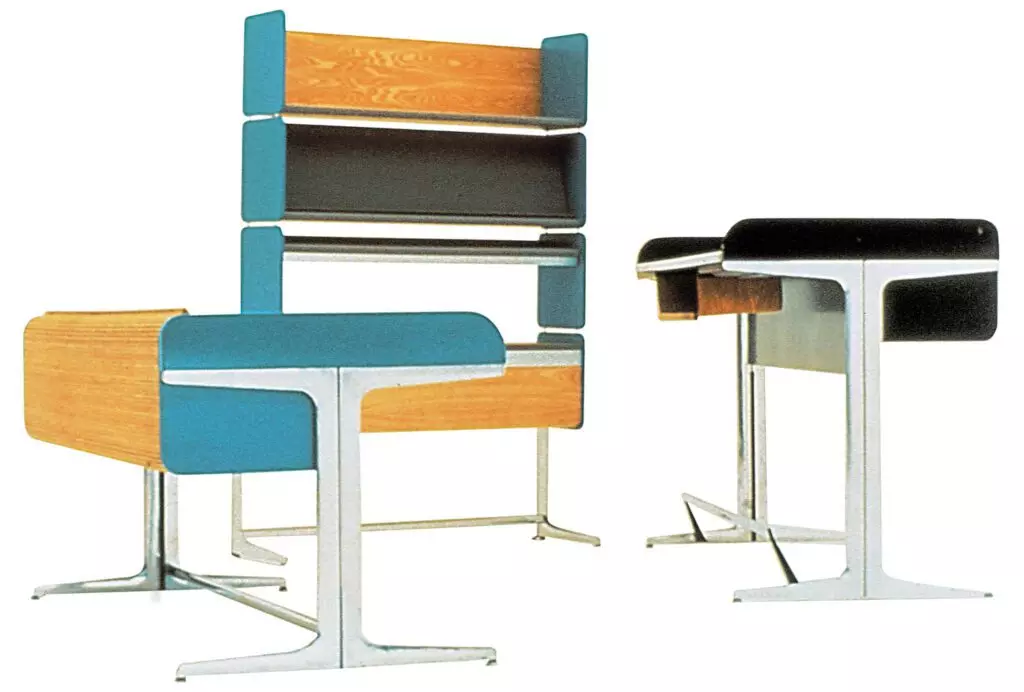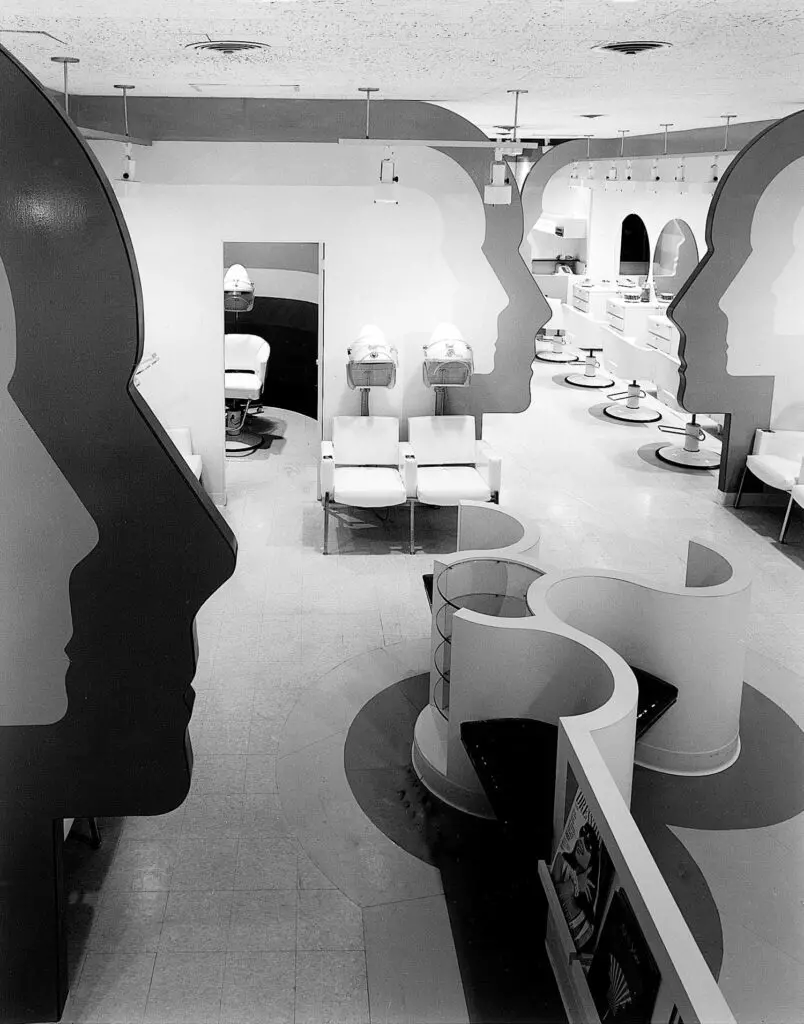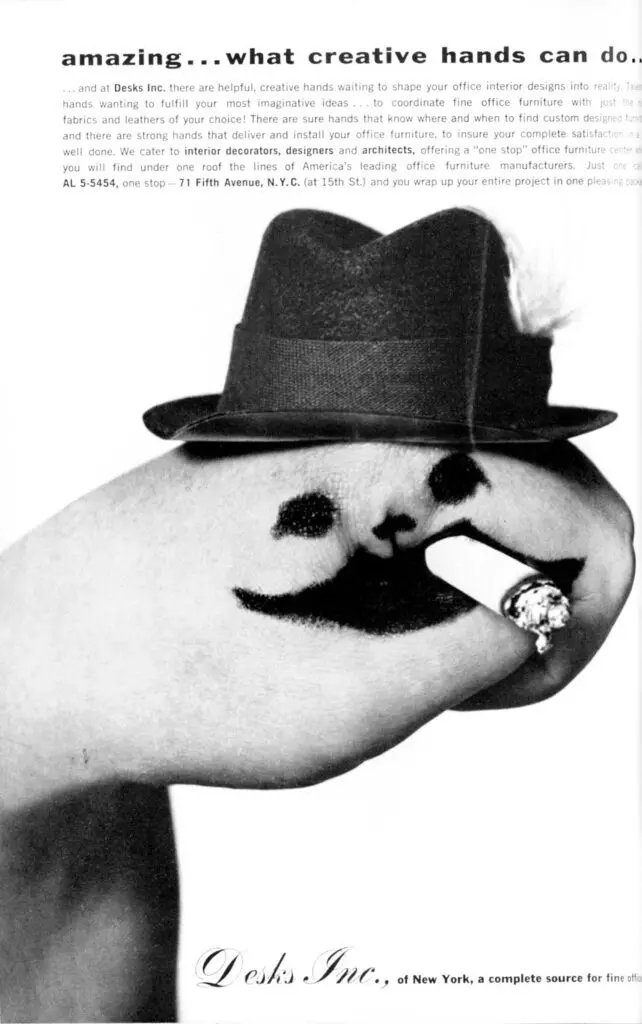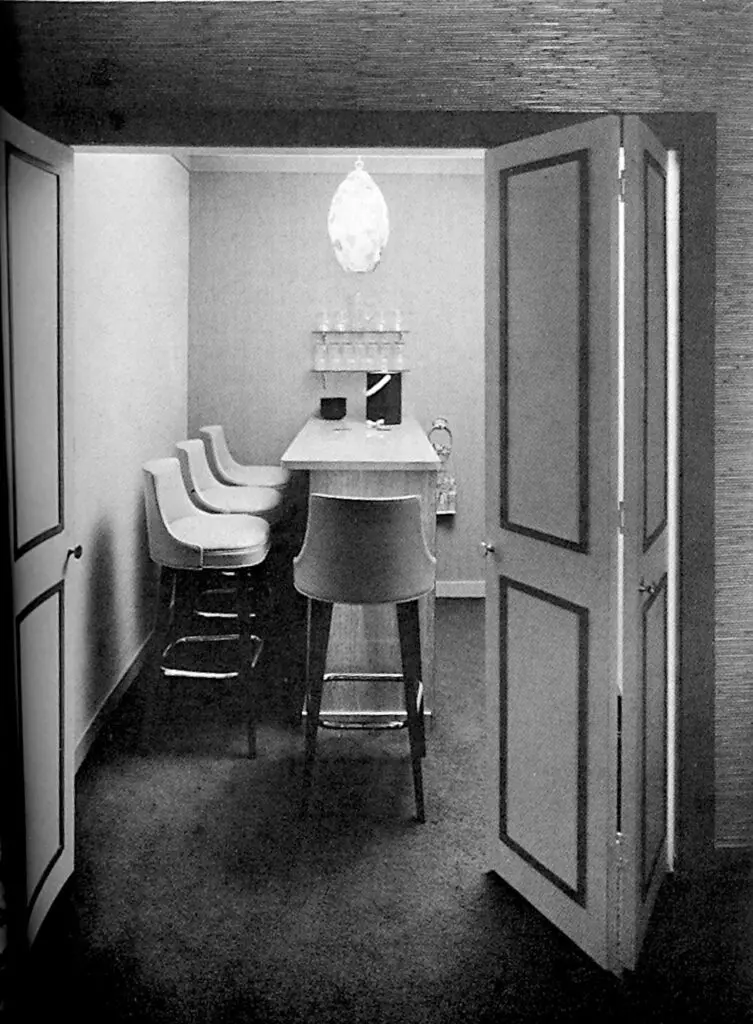The 1960s were a transformative decade in the world of design. From groundbreaking architecture to innovative furniture, this era marked a turning point in design history. Let's take a closer look at some of the highlights from this vibrant period that continues to inspire us today.
Design Highlights
In 1963, Skidmore, Owings & Merrill designed a headquarters for Armstrong Cork in Lancaster, Pennsylvania. This architectural marvel showcased the fusion of form and function, creating a space that was both visually stunning and highly functional.
 1963 - Skidmore, Owings & Merrill designs a headquarters for Armstrong Cork in Lancaster, Pennsylvania.
1963 - Skidmore, Owings & Merrill designs a headquarters for Armstrong Cork in Lancaster, Pennsylvania.
The year 1964 witnessed the introduction of George Nelson and Robert Propst's Action Office furniture for Herman Miller. This innovative furniture system revolutionized the workplace, providing a flexible and adaptable environment for the nine-to-fivers. Additionally, Jeremiah Goodman's captivating illustration of C. Eugene Stephenson's design graced the cover of Interior Design's February issue, showcasing the artistic brilliance of the era.

 1964 - George Nelson and Robert Propst's Action Office furniture for Herman Miller. The cover of Interior Design.
1964 - George Nelson and Robert Propst's Action Office furniture for Herman Miller. The cover of Interior Design.
In 1965, the renowned design duo Alvar and Elissa Aalto created stunning conference rooms for the Institute of International Education in New York. Their design showcased a harmonious blend of functionality and aesthetics, creating spaces that fostered creativity and collaboration.
 1965 - Alvar and Elissa Aalto design conference rooms for the Institute of International Education in New York.
1965 - Alvar and Elissa Aalto design conference rooms for the Institute of International Education in New York.
The year 1966 witnessed the completion of the iconic Whitney Museum of American Art by Marcel Breuer & Associates. This architectural masterpiece became a symbol of New York City's artistic landscape, captivating visitors with its bold and modern design. Additionally, Nicos Zographos's CH-66 chair introduced a fresh and innovative take on tubular steel, adding a touch of elegance to any space.
In 1967, De Pas, D'Urbino, & Lomazzi's inflatable Blow chairs for Zanotta took the design world by storm. These playful and versatile creations captured the essence of change in the air, pushing the boundaries of traditional design and injecting a sense of fun and whimsy into interiors.
 1967 - With De Pas, D'Urbino, & Lomazzi's inflatable Blow chairs for Zanotta.
1967 - With De Pas, D'Urbino, & Lomazzi's inflatable Blow chairs for Zanotta.
The year 1969 marked the opening of The Metamorphosis beauty salon by Design Coalition's Alan Buchsbaum in Great Neck, New York. This salon was a testament to the transformative power of design, creating a space where beauty and creativity intersected.
 1969 - The Metamorphosis beauty salon by Design Coalition.
1969 - The Metamorphosis beauty salon by Design Coalition.
Time Pieces
The 1960s also saw the emergence of timeless design pieces that continue to captivate us to this day. Alexander Girard's whimsical Wooden Dolls, handcrafted in 1963, offer a playful and nostalgic charm. These exact replicas, made by Virtra, bring back the joy and wonder of Girard's original creations, delighting both young and old.
Girard's inspiration for these dolls came from his collection of folk art in Mexico. From there, he infused his own designs with the vibrant spirit of this rich artistic tradition. The Wooden Dolls, carved from pine and spruce, hand-painted, and adorned with feathers and string, stand at heights ranging from 6¼ to 12 inches.
A Different Time: Thank You for Smoking
Looking back at the 1960s, it's intriguing to see how perceptions and attitudes have evolved. In January 1964, the U.S. surgeon general announced that tobacco could kill. However, despite this warning, many people chose not to believe it. Ashtrays continued to dominate conference tables, even finding their place in medical venues.
Alongside smoking, the presence of bars was also a common sight in that era. From combination bar and vanity units to bars hidden in entertainment centers, the 1960s embraced the culture of mixing cocktails and socializing. One publishing company even had a bar right off its conference room. The allure of a good drink was ingrained in both office and home environments.
 1963 - A hand puppet, based on the popular Señor Wences variety-show act, hawks office furniture by Desks.
1963 - A hand puppet, based on the popular Señor Wences variety-show act, hawks office furniture by Desks.
 1967 - At the Blair Club in Silver Spring, Maryland, the TV room featured one ashtray per seat.
1967 - At the Blair Club in Silver Spring, Maryland, the TV room featured one ashtray per seat.
 1969 - It was de rigueur for executives to have bars, but Robert Reynolds even equipped this New Jersey publishing company with Chairmasters bar stools.
1969 - It was de rigueur for executives to have bars, but Robert Reynolds even equipped this New Jersey publishing company with Chairmasters bar stools.
As we celebrate 90 years of design in the 1960s, it's essential to acknowledge the shifts in societal norms and understand how they shape our present. Design is not just about aesthetics; it's a reflection of our values and aspirations. The design of the 1960s continues to inspire us, reminding us that innovation and creativity have the power to transform the world around us.









